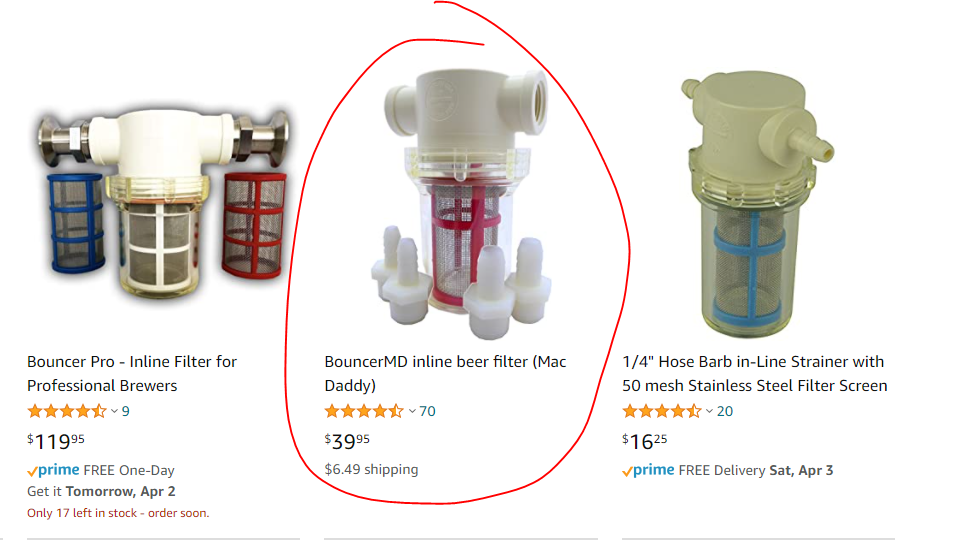I never really have an issue with clogs when I pressure transfer my heavily hopped NEIPAs from my Spike CF5 to a keg. Below is the process I use that works for me. I know everyone has different setups so the below steps may not be possible for everyone.
- After fermentation is complete, I drop temp to ~50F for 2-3 days.
- Dump yeast.
- Raise temp to 55F for dh #1
- I let the hops warm up to room temp before putting them in the FV. Not sure if it helps but I've heard letting them warm up helps to keep them from sinking like a rock to the bottom.
- Hook gas up to manifold at 2-3psi to push air out of the 4"port to help reduce O2 exposure during dh.
- While gas is hooked up, I drop in dh #1 usually 4-5ozs.
- After 2 days I repeat the same process for dh #2 another 4-5ozs.
- After i'm done dry hopping, I drop temp to 36F for 4-5 days.
- each day i drop yeast,hops,trub,etc from dump port.
- after 4-5 days, hook up the closed loop transfer triclamp port to the racking arm. Racking arm is parallel to floor.
- Before I hook up my line that is connected to the keg, I open the racking arm port, there's always a ton of trub, hops and yeast in there no matter what position I put it in.
- Once clear beer starts to flow I close the racking arm port.
- I then hook up the keg line to the transfer port.
- I loosen the triclamp so that it's barely on. I then hook up CO2 to the keg which passes through the line to my spike CF5 racking arm port (valve is closed). This purges the tiny amount of O2 that could be trapped between the port and the butterfly valve.
- I then tighten down the triclamp and start my transfer to my sanitized keg.
Sorry for the long reply, wanted to include everything that's been helping me these past few batches. The long cold crash really helps to eliminate hop burn. My NEIPAs are ready a week after transfer and are really smooth. The racking arm purge has completely stopped any clogging that I would get. Once beer starts flowing I'm usually good to go. Knock on wood. I usually drop hop between 8-10ozs which is based on abv. I know there are some people that dh a lot more but I think I would be fine to go higher with my process above.






























![Craft A Brew - Safale BE-256 Yeast - Fermentis - Belgian Ale Dry Yeast - For Belgian & Strong Ales - Ingredients for Home Brewing - Beer Making Supplies - [3 Pack]](https://m.media-amazon.com/images/I/51bcKEwQmWL._SL500_.jpg)





























